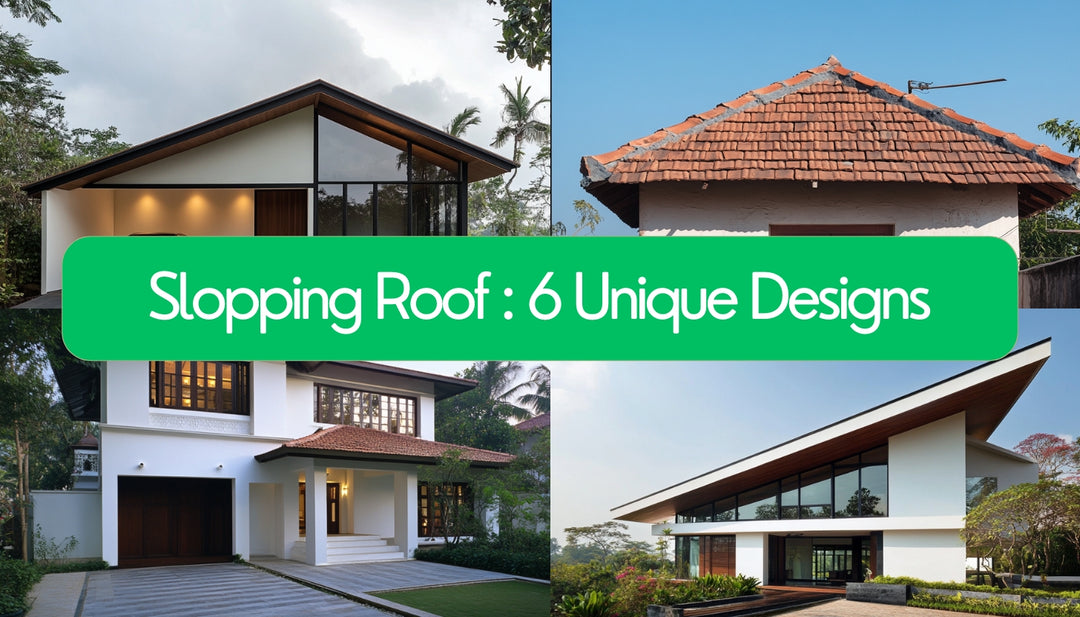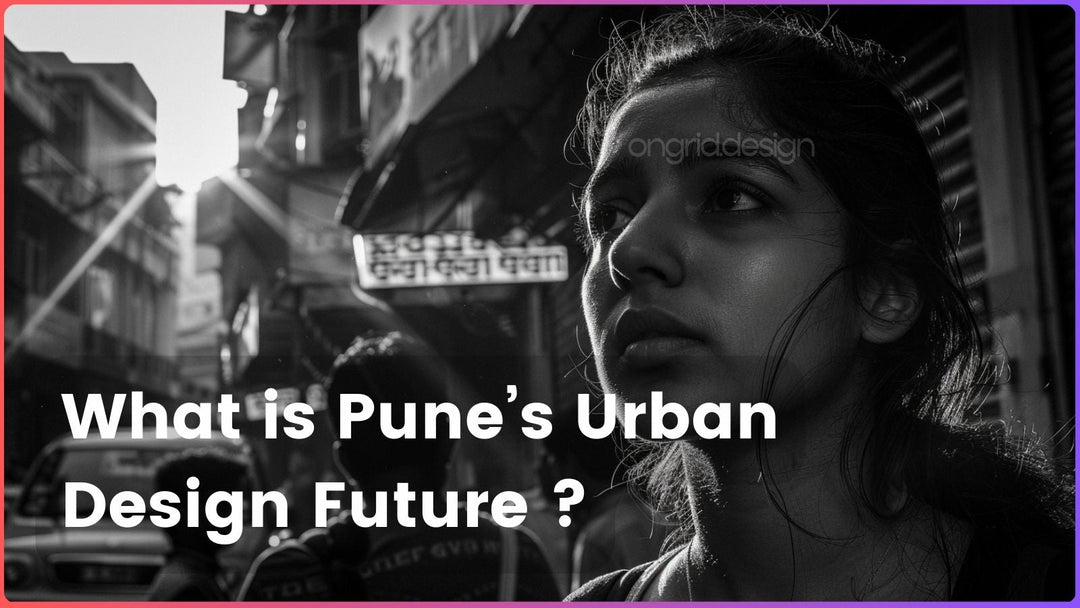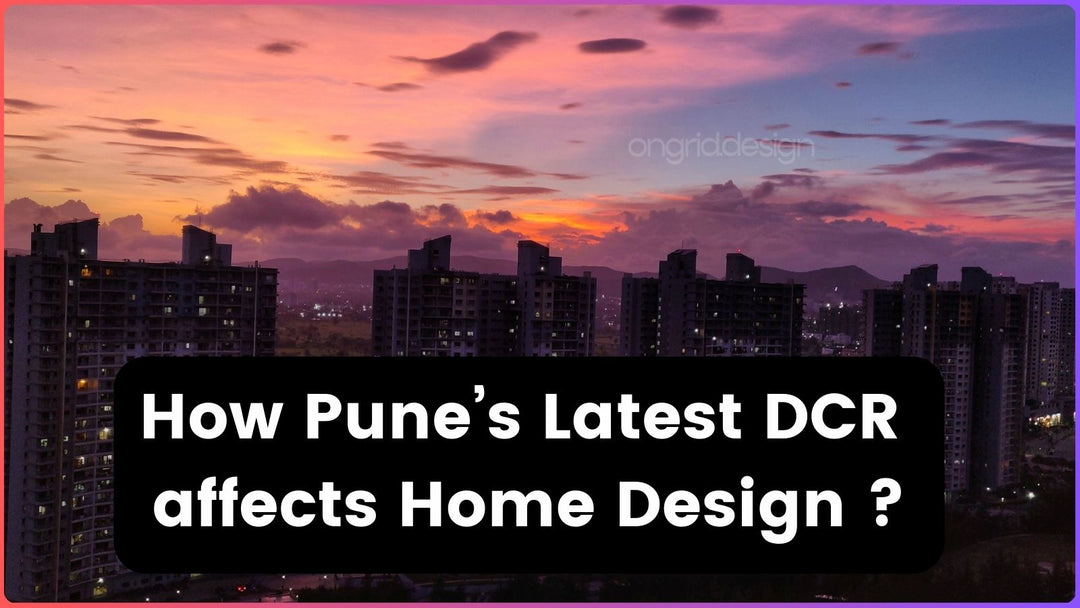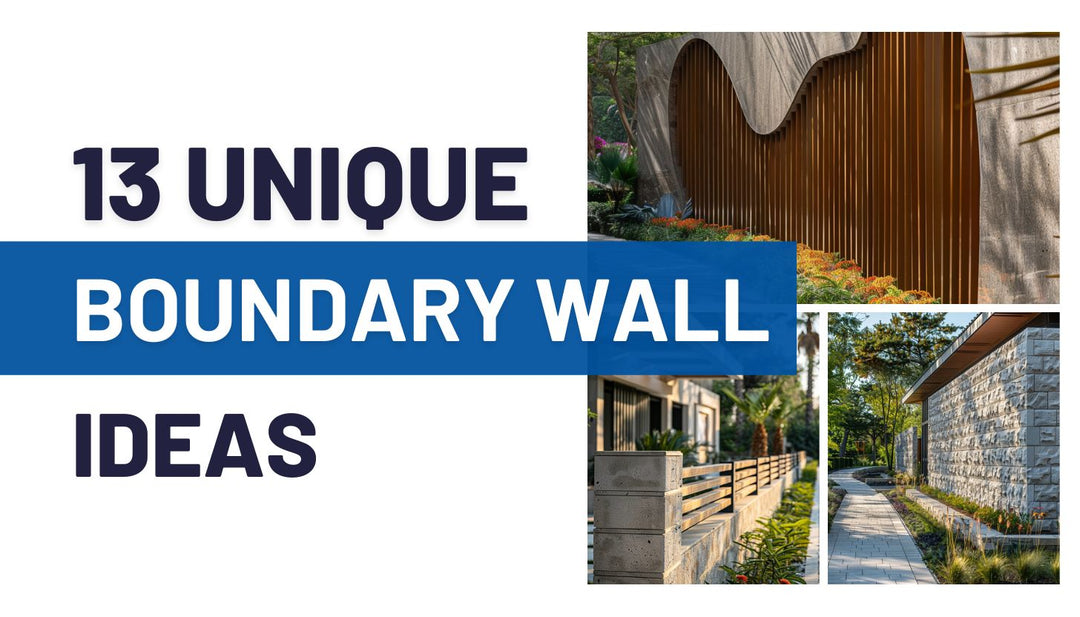Pune Homeowner's Guide to Preserving Natural Site Features with Science & Architecture
 Pune, nestled in the Sahyadri mountains, is blessed with abundant natural beauty - rolling hills, lakes, forests, and a rich biodiversity. However, rapid urbanisation threatens this ecological harmony. As a homeowner planning construction in Pune, you have a unique opportunity to integrate your home design with the local environment. With insight from sustainability principles and smart architecture, your home can preserve natural site features rather than disrupt them.
Pune, nestled in the Sahyadri mountains, is blessed with abundant natural beauty - rolling hills, lakes, forests, and a rich biodiversity. However, rapid urbanisation threatens this ecological harmony. As a homeowner planning construction in Pune, you have a unique opportunity to integrate your home design with the local environment. With insight from sustainability principles and smart architecture, your home can preserve natural site features rather than disrupt them.
The Importance of Site Preservation in Sustainable Architecture
Site analysis and preservation are crucial first steps in designing an ecologically responsible home. Sustainable Site Design in Pune seeks to maintain the existing hydrology, conserve vegetation and habitat, and protect biodiversity. This aligns with the concept of architecture that blends with nature, using science to enhance natural assets.
Site preservation also ties into 'SA Credit 2' criteria for sustainable construction. Meeting these guidelines demonstrates your commitment as a homeowner to ecological balance. Specifically, SA Credit 2 necessitates:
- Assessing site features before design
- Protecting or restoring appropriate site elements
- Conserving native plants, soil, and permeable surfaces
Case Study: Successful Site Preservation in a Pune Residence
Mr. Nagar, a Pune resident, purchased a plot with a unique neem grove on site. By conducting a thorough site analysis and integrating the grove into his home design, his architect preserved this natural feature. The residence's outdoor living spaces now centre around this groove, creating shade and a welcoming habitat for birds. "It's bringing nature into our daily lives," notes Mr Nagar.
Strategies for Preserving Natural Beauty in Home Design
When designing your Pune home, adopt these practical strategies to maintain natural assets:
Survey Existing Site Features
Catalogue all native vegetation, trees, terrain, slopes, watersheds, and habitats on your plot before planning any construction. This inventory will guide preservation efforts.
Craft an Environmental Impact Mitigation Plan
Assess potential damage from construction and create detailed guidelines for builders on site protection regarding vegetation, soil, erosion control, waste management, etc.
Mindfully Orient Structures
Architectural Techniques like orienting rooms to maximise passive solar gain and aligning roof angles for rainwater catchment preserve functionality of natural elements.
Retain Native Landscape
Blending Home & Nature is easier with native plants suited to the regional climate. Retain mature trees or plant local species like neem, peepal, chikoo, karanj rather than exotic varieties demanding extra resources.
Assessing and Integrating Local Ecology
Pune's ecology and climate offer unique opportunities for sustainable site design. Here is how to evaluate and incorporate natural elements:
Study the Terrain
Assess slopes, watershed patterns, sun angles, wind patterns, etc. Then orient structures along contour lines to avoid extensive grading/tree removal and channel breeze/light effectively through design.
Survey Regional Flora & Fauna
Research native plant species, wildlife habitats, and endangered species on/near your site. Then protect these through careful construction practices and post-development landscaping.
Highlight: Native Plants in Pune's Landscape Design
Native plants like bamboo, jasmine, champak, and magnolia suit Pune's climate and integrate well with local wildlife that depends on native vegetation. Retaining these botanical elements preserves ecological balance.
Navigating Local Building Regulations and Standards
Pune homeowners must comply with sustainability guidelines and construction codes to obtain permits. Understanding these landscape standards ensures your design both preserves natural assets and aligns with legal parameters.
Decipher Municipal Regulations
Review Pune's building codes, setback rules, floor space index (FSI) limits, and protected tree ordinances applicable to your site. This prevents design roadblocks later.
Align with Sustainability Initiatives
Pune aims to be India's most sustainable city by 2030. Account for ecological mandates within urban plans like rainwater harvesting requirements. Exceeding compliance demonstrates green leadership.
Example: Overcoming Regulatory Challenges in Pune
Mr. Salunkhe's site plan preserved an aged mango tree but building overhangs violated setback rules. Working closely with zoning officials, his architect obtained special permission to encroach slightly while protecting the tree with expanded setbacks elsewhere on site. This balanced practical site usage with respect for nature.
Sustainable Water Management in Home Construction
With Pune's expanding built environment, stormwater runoff and water pollution pose major threats to rivers, streams, lakes, and catchment areas. Water Management & Conservation Techniques can mitigate this damage through mindful site design.
Maximise Groundwater Recharge Areas
Minimise paving and design permeable landscape surfaces to encourage rainwater infiltration, recharging aquifers. Use indigenous plantings with low irrigation needs and install on-site water treatment systems recycling greywater/ wastewater for plant maintenance.
Install Rainwater Harvesting Systems
Capture rain runoff from rooftops and surface catchments in layered filtration tanks. Use this for gardening, toilet flushing, etc. Such eco-friendly homes in Pune reduce municipal water burdens while harnessing natural hydrological patterns.
Focus on Rainwater Harvesting Systems in Pune
Pune receives over 800mm rainfall annually. By installing on-site rainwater storage for landscape irrigation, Mr. Deshpande cut his imported water usage by 65%. This saved energy and conserved precious regional water resources.
Balancing Urban Development with Biodiversity
Rapid construction across Pune threatens indigenous ecosystems and wildlife corridors. However, smart growth initiatives demonstrate development & biodiversity in Pune can coexist through conscientious planning.
Structure Homes Around Nature
Build compact structured footprints with ample space for preserving greenspace and planning wildlife passages. Legislated biodiversity parks also integrate green zones in layouts.
Encourage Native Plantings
Local indigenous trees, shrubs, and grasses aid regional fauna like birds, insects, and small mammals by providing habitat and forage. Eco-Conscious Builders guide plant selection suited for local species.
Pune's Urban Wildlife: Coexisting with Nature
Native Pune birds like hornbills, kingfishers, sunbirds, and drongos thrive on indigenous trees. Creating a sanctuary with fruiting native plants attracts these colourful species to garden spaces, letting homeowners cherish local biodiversity amid dense development.
Conclusion: Build in Harmony with Nature
Pune's singular landscapes and biodiversity are an invaluable part of its charm and sustainability. As homeowners, architects, and builders, we must prioritise safeguarding these natural assets for future generations through conscientious site planning and preservation.
Follow the recommendations outlined here regarding terrain analysis, regulatory compliance, architectural strategies, and habitat conservation. Award-winning projects prove ecological equilibrium and urban development can thrive side-by-side in Pune. Be the change by building homes that nurture rather than endanger nature. Our shared future and the richness of experiences it holds depend on it.











Leave a comment